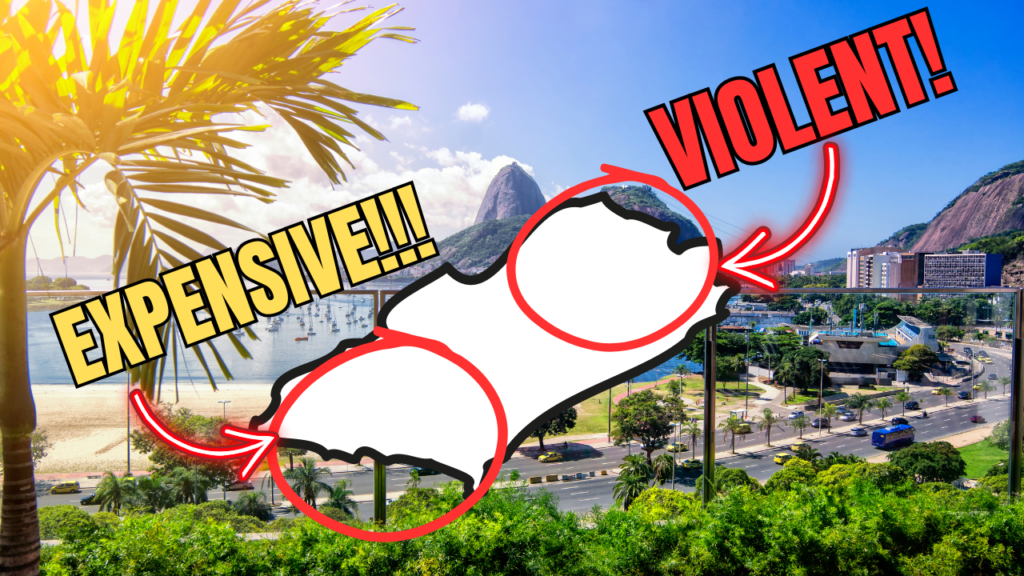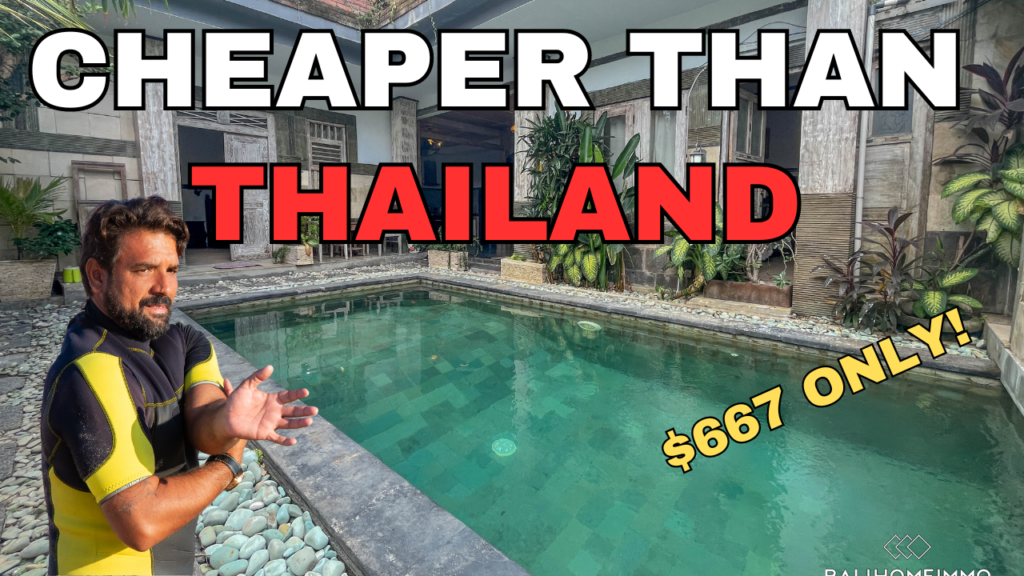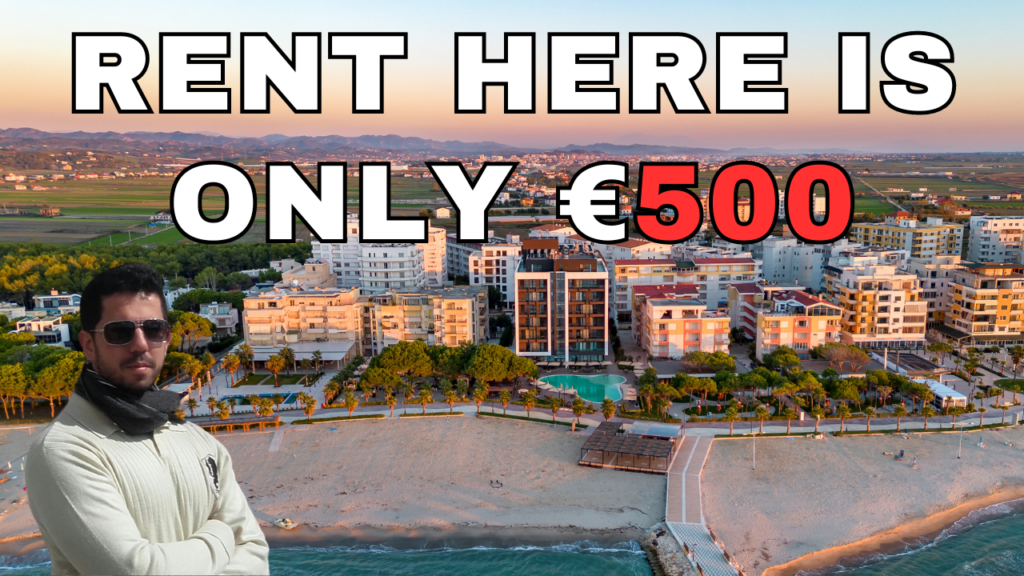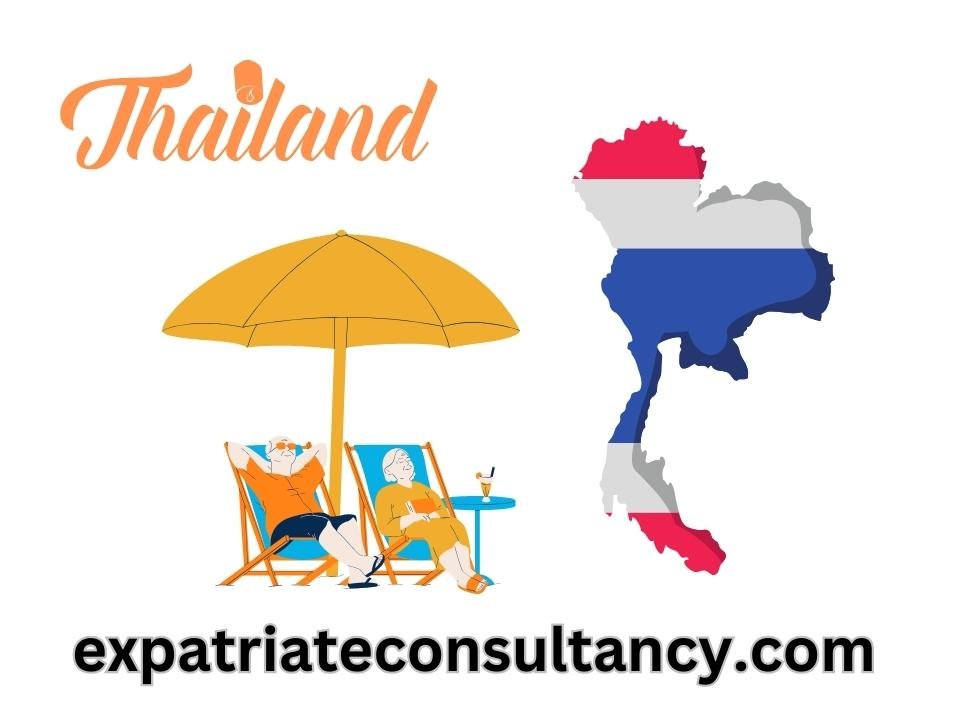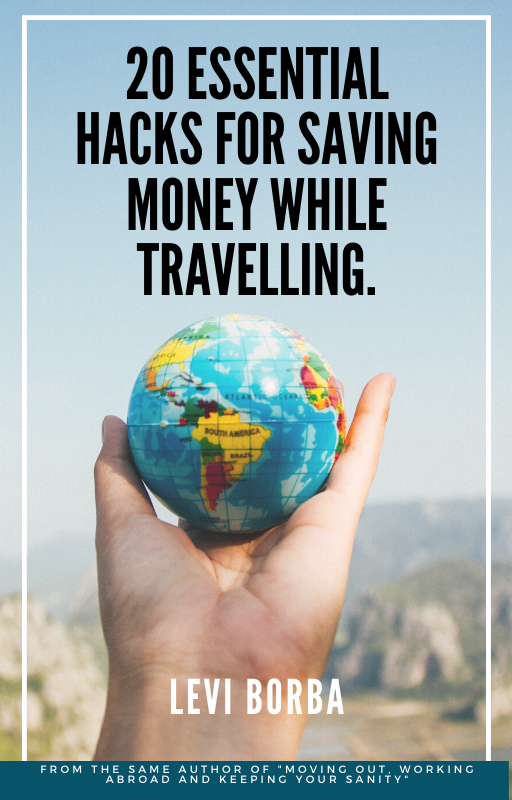Retire in Valencia, Spain: A Guide for Expat Retirement
Is Valencia still the perfect retirement spot in Europe, or has it changed? I talked to a dozen locals and expats to get a real update on this city that, only 2 years ago, I told you it was among the best cities to retire in Europe. But since then, big changes have happened all […]
Retire in Valencia, Spain: A Guide for Expat Retirement Read More »



